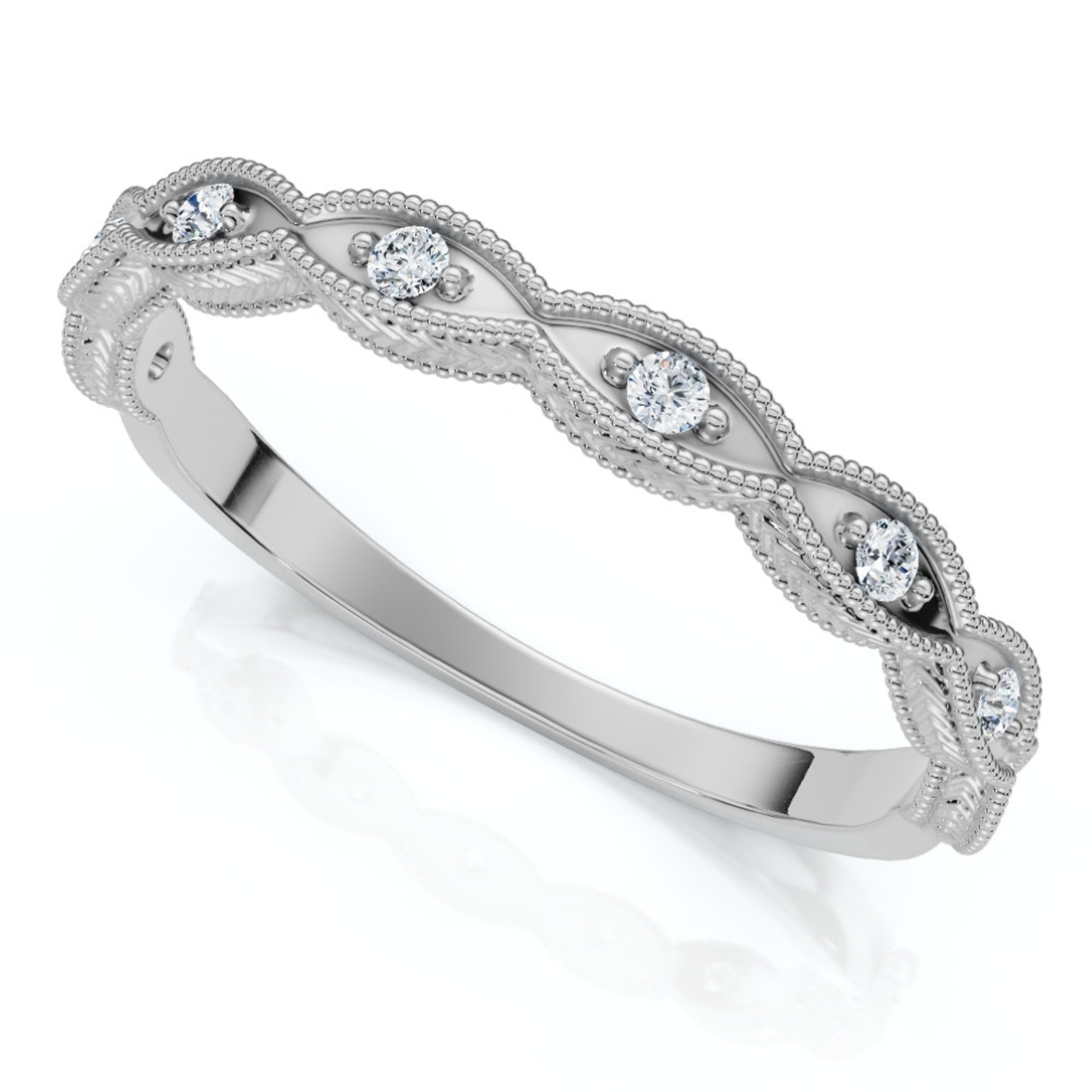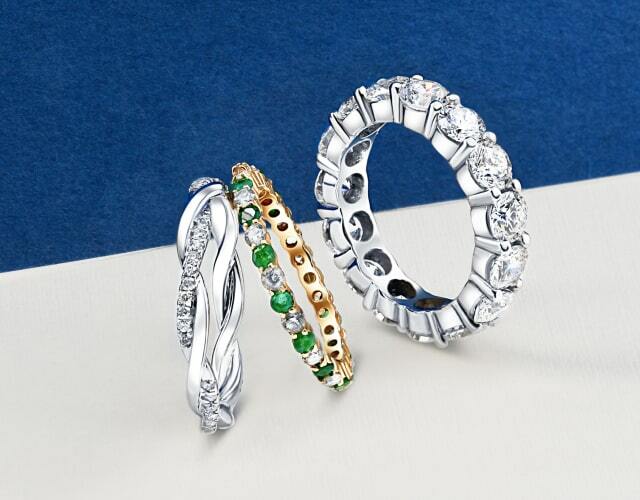What are lab-grown diamonds?
Nov 1, 2024

Diamonds have long been associated with love, commitment, and prestige. Mined deep within Earth for generations, always been prized for their glittering brilliance and exceptional hardness. As our understanding of science advances so does our ability to produce lab-grown diamonds within controlled environments - offering an intriguing, ethical, more sustainable alternative than its mined counterpart. But what are lab-grown diamonds?
Understanding Lab-Grown Diamonds
These are artificial gems created under controlled conditions in a laboratory. Although their physical, chemical, and optical properties resemble natural ones, there is one key difference: where these gems came from. Natural diamonds originated millions of years deep down the earth, later enhanced with advanced technology within weeks in laboratories.
Style up your look with this beautiful diamond sapphire bracelet for women, perfect for dressing up any look!
How exactly are laboratory-grown diamonds produced?
These diamonds are created using sophisticated technological methods that simulate their natural formation. Cultivation typically takes place over weeks or months in laboratories using either High Pressure High Temperature (HPHT) or Chemical Vapor Deposition (CVD) techniques.
Under the HPHT process, carbon seeds are exposed to conditions simulating those found at Earth's core - including temperatures above 1,400 degrees and pressures exceeding 725,000 pounds per square inch. By comparison, it utilizes an intense carbon gas mixture heated at high temperatures that deposits diamonds layer by layer onto substrates. These gems are chemically identical and possess similar physical properties as natural ones!
At Pompeii3, check out our collection of cheap diamond rings that offer both beauty and affordability, ideal for any budget.
The Advantages of Cultured Diamonds
There are various reasons for the increasing interest in lab-grown diamonds:
1. Ethical and Environmental Benefits
The extraction of natural diamonds carries social and environmental impacts of which miners stakeholders and the public should be aware. Cultured diamonds stand as an authentic and eco-friendly means of the growth of diamonds.
2. Cost-Effective
Lab-grown diamonds are generally cheaper by 30-40% than natural diamonds of similar cut, color, and carat thus making it an ideal paradise for those on the docket for elegant but affordable gems.
3. Quality and Purity
Lab-grown diamonds often boast superior qualities compared to natural gemstones due to being produced under controlled environments in controlled labs, meaning there may be fewer flaws and imperfections compared with natural ones.
Check out the exquisite craftsmanship of Pompeii3 rings, where timeless design meets modern elegance for a truly unique accessory.
Does the Cultured Diamond have any limitations?
1. Resale Value
Natural diamonds tend to keep their value better over time while lab-grown ones, due to being more affordable and easier to produce, may not hold onto their resale value as much.
2. Limited Uniqueness
Many appreciate the rarity and distinctive qualities associated with natural diamonds that form over millions of years under specific environmental conditions. Lab-grown diamonds don't possess this sense of rareness in comparison.
Final Thoughts
What are lab-grown diamonds? - Lab-grown diamonds provide an inexpensive, sustainable, and ethical option when purchasing high-quality stones for jewelry or engagement rings - they make for great investments with timeless beauty!
When shopping for lab-grown diamonds versus natural ones, always keep this in mind; lab-grown options have plenty to offer both you and the environment! They may not offer as much brilliance, but with no setbacks when looking at price versus beauty considerations alone they should be given some serious thought!
Experience the charm of Pompeii3, a line that blends innovative design with classic elements, making it a must-have for any jewelry lover!
 -
-  -
- 
 Engagement Rings
Engagement Rings
 Tungsten
Tungsten Wedding Rings
Wedding Rings
 Fine Jewelry
Fine Jewelry
 Diamond Studs
Diamond Studs
 Up To 80% Off
Up To 80% Off
 Find The Perfect Gift
Find The Perfect Gift
 White Gold
White Gold
